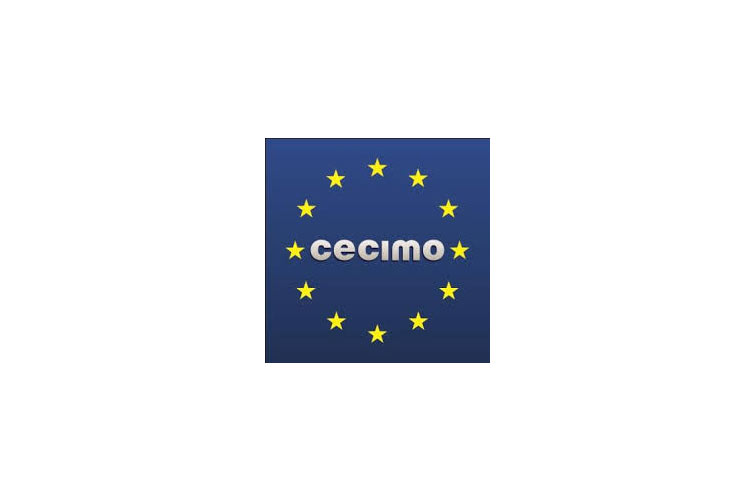According to European Association of the Machine Tool Industries, CECIMO statistics, in 2013 the European machine tool industry increased its share of the global production to 34%. Europe returns to modest growth optimism in 2014 despite slowing growth in China, its biggest market for exports.
European machine tool sector optimistic about 2014
Following an 8% growth in 2012, the European machine tool sector forecasts a small contraction in the production in 2013. Exports have been the dominant source of expansion for European machine tool builders in 2011 and 2012. Trade flows to the Americas, Russia and other CIS countries and to Asia recorded two digit growth in 2012 and supported the recovery of the industry.

The first signs of the EU and the euro area’s return of growth leave room for cautious optimism in 2014. The economic recovery will lessen the uncertainty that has until now considerably depressed investments in capital goods and the domestic machine tool consumption. On the other hand, Asian countries also show a more modest performance. Slowing growth in the region, especially in China, and the transition towards a consumption-based economy, curbs the European machine tool industry’s outlook for export growth. All that considered, the European machine tool market is expected to increase by 4.6% this year and outweigh the growth in several emerging Asian economies.
Machine tool production stable
Over the last two years, the European machine tool industry has seen stable production levels of above 22 million euros. Despite a modest contraction in production, CECIMO estimates a slight increase in its share of global production from 32% in 2012 to 34% in 2013. This share was 44% before 2008 but has dropped to 32% following the global economic downturn. In its aftermath, several machine tool consumers feel pressured by increasing production costs which compels them to pay more attention to productivity and efficiency. This creates important business opportunities for European leading-edge machine tools, as they can provide the solutions to ever-changing customer needs.
Business investment has been a missing element in Europe’s effort to find the path to growth. The European Central Bank has massively loosened monetary policy recording several rate cuts. Nevertheless, private companies do not feel that the impact of policy measures penetrate fully into the real economy and they are concerned that the public sector-driven surge in demand will be temporary. As a result, they have been cautious about expanding their production capacity.
CECIMO countries’ consumption recorded 12.3 billion euro in 2012 and, for 2013, we estimate machine tool consumption to contract by 4%. However, increases in domestic order intake by 8% and 16% on quarterly and yearly basis respectively support the optimistic outlook for 2014.

The European machine tool business stays highly export oriented
European machine tools keep their good competitive stance in global markets. Their outstanding export performance is reflected in the 2012 record shipment level worth 18.8 billion euros. Yet, slowing growth in the most important emerging markets of the European machine tool sector influences the forecasts for 2013. The exports are estimated to have amounted 18.3 billion euros in 2013, which is still the second best result of all times.
The cautiousness of the European industry to invest in additional production capacity has brought down the estimated import volume by 8% in 2013. Nonetheless, combined machine tool exports and imports result in the estimated record trade balance. CECIMO experts expect the European machine tool industry to contribute 10.6 million euros to the European trade
balance.
Courtesy: European Association of the Machine Tool Industries (CECIMO)


